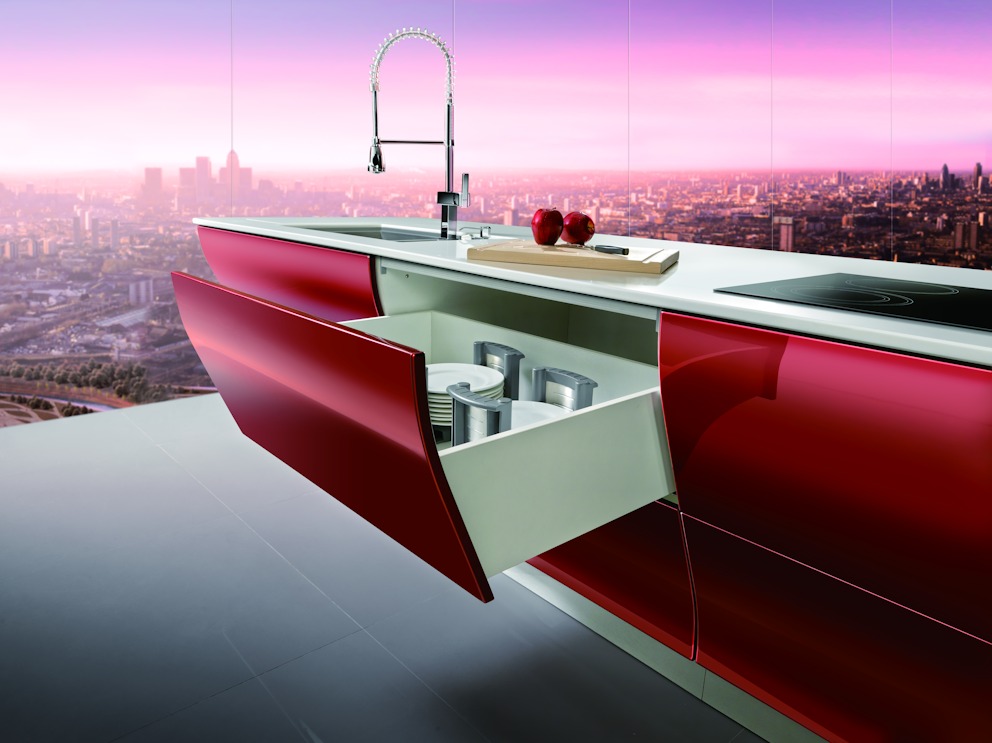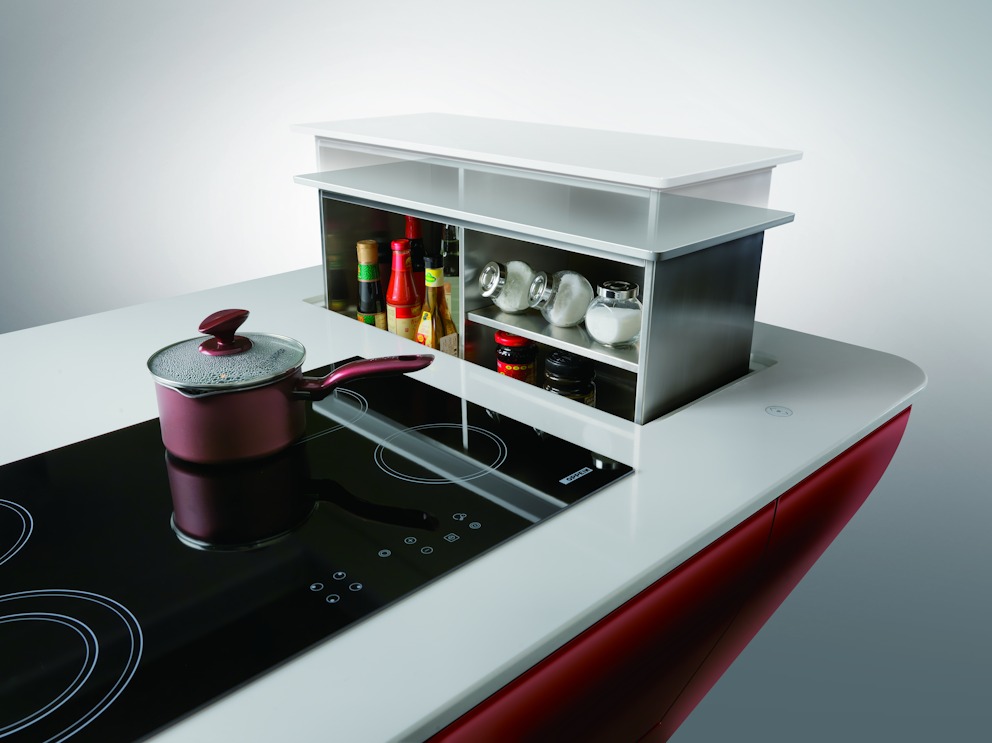

If you have any plans for remodeling or freshening up your kitchen, then the first thing you ought to do is selecting kitchen cabinets and countertops. While you are on it, there will be a plethora of options available at your disposal. You need to select the ones that will provide you the look and feel that you are craving. The price and maintenance vary as well. So consider those factors too while selecting kitchen cabinets and countertops. There cannot be one single ideal countertop for every homeowner. Apart from the price and maintenance factors, the best material for your kitchen is going to depend on color, style, stain-and-scratch-resistance, and durability. As you go through different materials and their properties, keep in mind that Luxuria Spaces offer professional kitchen countertop fabricators that can create customized designs ranging from sophisticated to sassy.
Natural Stones: When it comes to selecting kitchen cabinets and countertops, natural stones are the most preferred ones. They come in all colors and some of them are very consistent with uniform granules while some others have a lot of movement and variation. The natural stones include granite, slate, and soapstone. Even though granite was expensive and was only found in high-end kitchens, at present, it has become a common material for various kitchen cabinets and countertops. Granite comes in a wide range of colors that range from vibrant blues, midnight black, variegated browns, mottled white and deep red. The other materials like slate and soapstone come in a lesser variation of colors than granite. Both soapstone and slate can be fabricated within sinks for matching up the countertops.
Solid Surface: Selecting kitchen cabinets and countertops can be a bit difficult if you have a wide range of solid surface materials that include Corian, Wilsonart, and staron. These are made up of 100% acrylic, 100% polyester or sometimes a combination of both. One of the best features of these solid surface materials is, they are stain and scratch resistant, renewable and easily repairable. The scratches and burns can be easily sanded out, the deep gauges can be filled and the seams are easily fused for creating undetectable joints. The solid surface materials come in hundreds of patterns and colors that resemble natural stone. Such materials have been around kitchens for more than 50 years.
Quartz Composite: This is yet another type of material to consider while selecting kitchen cabinets and countertops. The quartz composite is also known as engineered stone and this unique material comprises 90% of quartz and 10% acrylic. Some other quartz composite materials include DuPont, Formica, Zodiaq, and Silestone. The primary difference between an engineered stone and traditional solid surfacing materials is, the stone has more depth, clarity, radiance and is much harder than the solid surface materials. The quartz composites cost more than traditional solid surfaces, but both the materials are comparable to high-end granite.
Plastic Laminate: Plastic laminate is also known as Formica and it is a surprisingly durable material that can survive a long period of time in the toughest kitchens. The reason for its durability is it is made up of kraft paper impregnated with resins. One of the primary reasons to consider this while selecting kitchen cabinets and countertops is, it is available in hundreds of colors, innumerable patterns, and various textures. However, it is advised to opt for the matte or fine-matte finish ones for countertops. Do not use textured laminate for kitchen counter because the raised ridges will start to wear out quickly. An important feature you need to know while selecting kitchen cabinets and countertops is, there are two basic types of plastic laminates, one is 1/16 inch thick general purpose and the other is 1/32-inch vertical grade. The general purpose laminate is perfectly suitable for countertops while the vertical grade is good for backsplashes, cabinet doors, and drawer faces.
Tiles: The trend in kitchen designs has shifted towards a much more low-maintenance and seamless counter. This is exactly why fewer countertops are covered with porcelain or ceramic tiles. But that doesn’t mean you shall get rid of the idea of using tiles for your kitchen. This is an excellent choice for backsplashes, secondary work surfaces like islands, peninsulas, eat-at counters, butler’s pantries, and wet bars. While selecting kitchen cabinets and countertops, just make sure that you use tiles rated to be used for floors or countertops. It is better not to use wall tile on a counter because it is too thin and will easily crack. A lot of times, tile is applied in a plywood substrate or directly on the existing plastic laminate countertops. To make sure you have a rock-solid and long-lasting installation, it is better to make use of ¾ inch thick plywood along with ½ inch thick cement backerboard.
Wood: This one is yet another kind of classic kitchen countertop material that lost its predominance over time because of the popularity of granite and solid surface materials. Once again, the reason for this is maintenance. It cannot be denied that the natural beauty and warmth of wood is hard to beat, the maintenance of it requires much more commitment and dedication than most of the homeowners are willing to offer. Just like the ceramic tiles, there are secondary surfaces like baker’s prep area, eat-at counter and food chopping block where it makes much more sense to utilize wood. In fact, wood is the one and only countertop material recommended for cutting, chopping, and slicing.
Concrete: The concrete counters are identical to the slabs made of natural stone and they are becoming increasingly popular. One of the primary reasons to choose concrete while selecting kitchen cabinets and countertops is today’s fabricators come with pre-cast counters that have a lot of advantages. These are molded slabs, that are smooth and flat compared to hand-trowled finishes. Pre-cast concrete counters are mostly ½ inches thick and they are available in slabs up to 10 feet long. During fusion, a variety of colors can be obtained by adding pigments to the concrete.